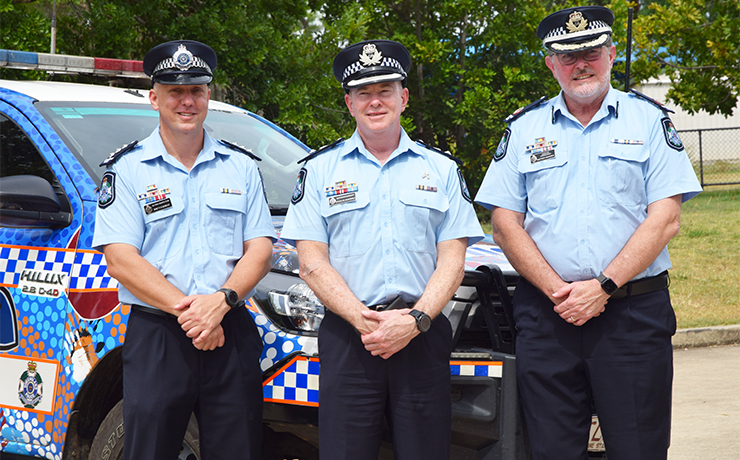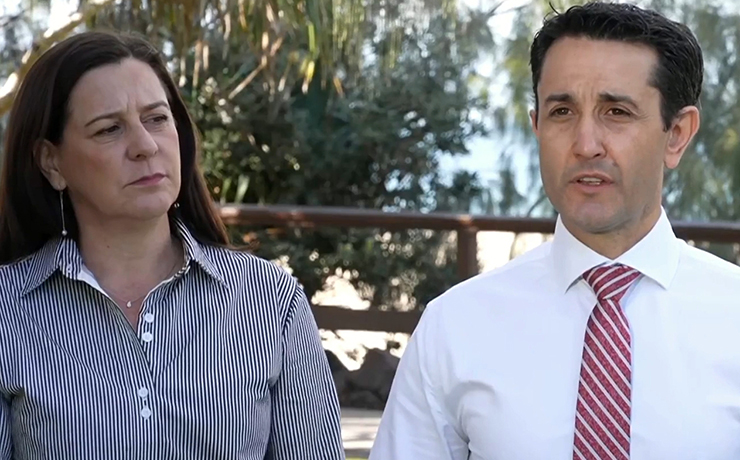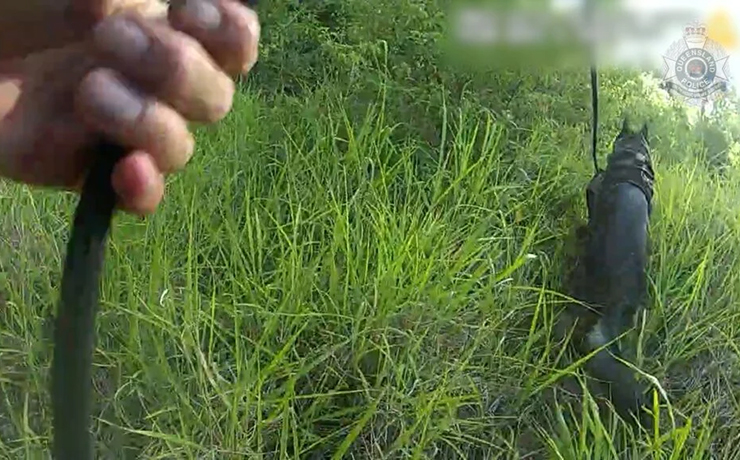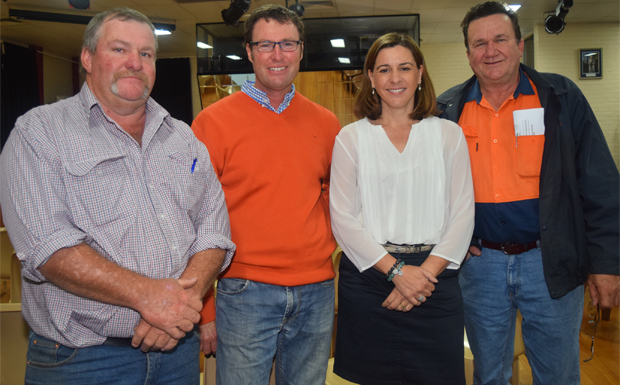
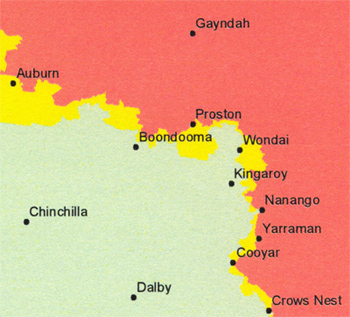
(Source: DAFF)
October 26, 2015
The controversial “control” zone between tick-free and ticky areas – opposed by some South Burnett landholders – will be scrapped and the location of the tick line may shift under proposed new laws announced by the State Government on Monday.
Agriculture Minister Bill Byrne said he had approved draft regulations that will be developed by the Department of Agriculture under the Biosecurity Act 2014 for the control and management of cattle ticks in Queensland.
The State Government has promised to hold consultations with landholders along the current tick line before implementing the changes to legislation.
Mr Byrne said the government was determined “to see an end to the confusing cattle tick control zone”.
“Part of Queensland will be a cattle tick free zone and the remainder will be an infected area,” he said.
Biosecurity Queensland Director Ashely Bunce said broader community consultation would begin soon, seeking input particularly from those producers living along the tick line who would be most affected by any changes to regulations.
“During consultation on the Queensland Biosecurity Regulation – Regulatory Impact Statement last year, three options for cattle tick management were put forward,” Mr Bunce said.
“The preferred cattle tick management strategy, Option 2, is to create two biosecurity zones, infected and free, with movement restrictions on host species travelling from the infested area to the free area.
“The general consensus across industry stakeholders throughout consultation is that two cattle tick zones are preferable to reduce red tape and confusion.”
However, the location of the boundary between the two areas has not yet been released.
A Biosecurity Queensland spokesman told southburnett.com.au no maps had been drafted, and it was possible there could be several options.
He said the exact location of the tick line would form part of the consultation process with stakeholders.
Consultations, which were expected to begin in mid-November, would also cover requirements for livestock movement across the tick line and the management of cattle tick infestations in the free zone.
Mr Byrne said the management of cattle ticks had been a contentious issue for a long time.
“This government is committed to engaging and listening to the views of all those affected before making a decision,” he said.
“My department has commenced consultation with key stakeholders and industry groups to inform the drafting of the new regulations.”
Mr Byrne said the when determining the location of the tick line, consideration would be given to the sustainability and integrity of the free zone and the costs and impacts on both industry and government.
“Every effort will be made to locate the tick line in the most sustainable or defendable position utilising buffers including environmental, natural or man-made features that will impede cattle tick infestations or propagation of ticks when they do occur,” he said.
The Biosecurity Queensland spokesman said the exact dates and times for consultation meetings had not yet been set.
“A schedule will be developed shortly and be publicly available once confirmed,” he said.
However, he said the State Government hoped to have the whole process wrapped up before Christmas.
Related articles:














